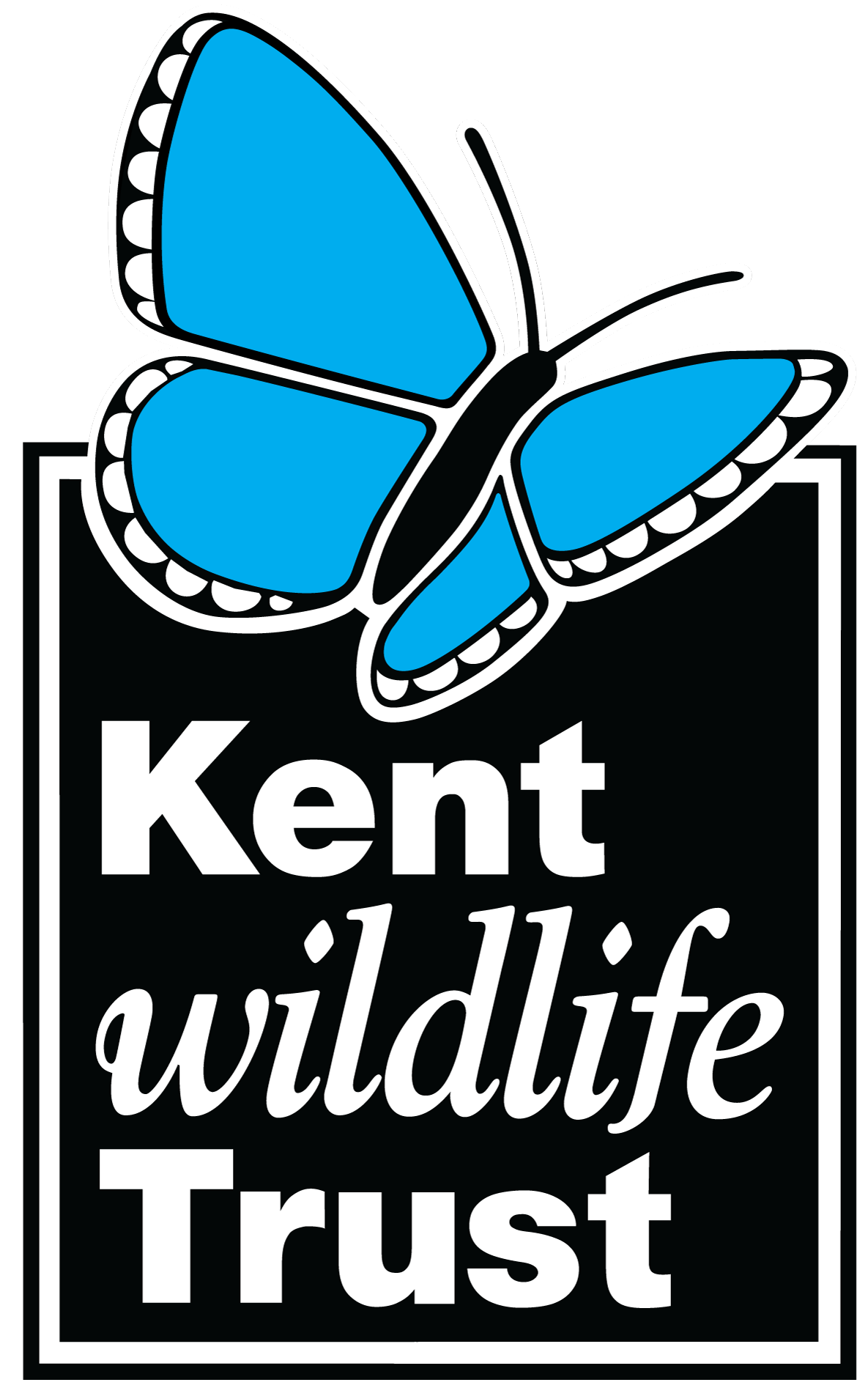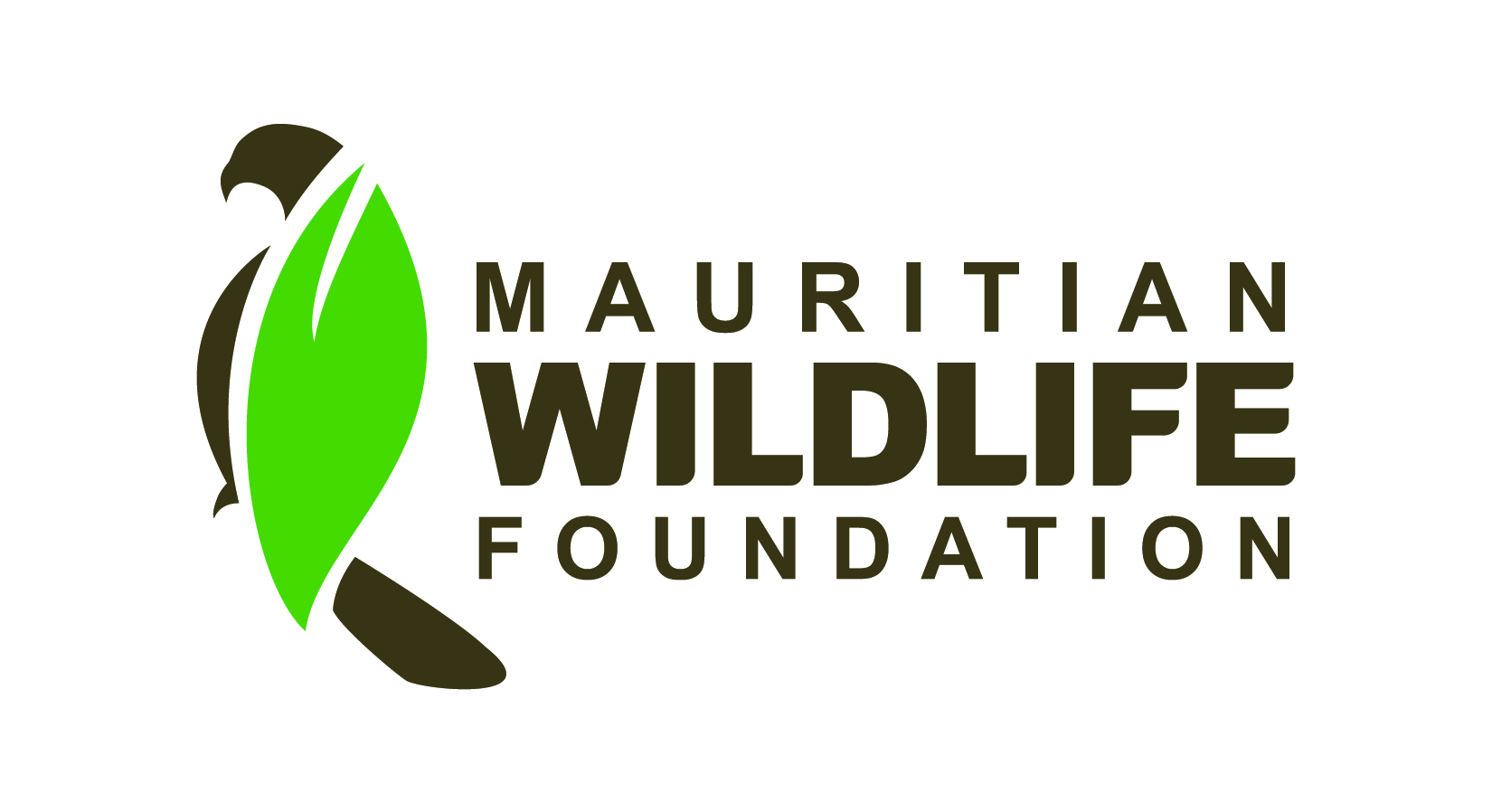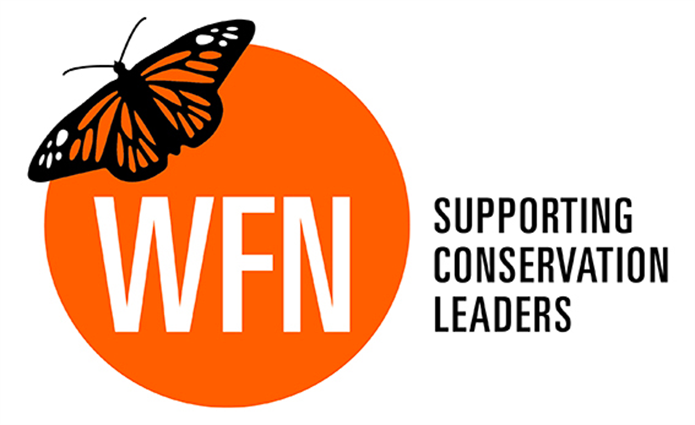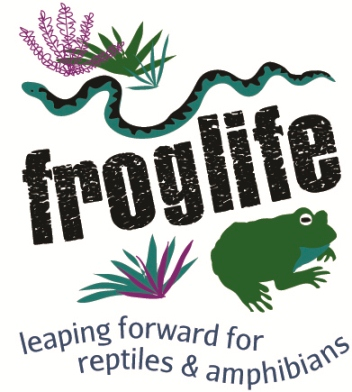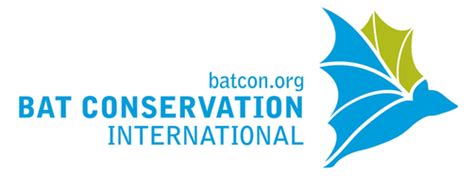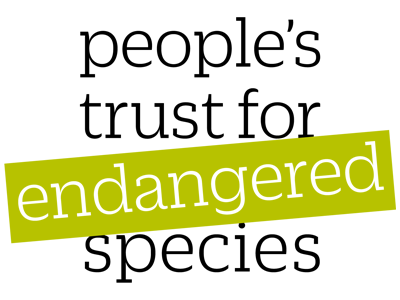Oyster reef restoration: substrate suitability may depend on specific restoration goals
-
Published source details
Graham P.M., Palmer T.A. & Beseres P.J. (2017) Oyster reef restoration: substrate suitability may depend on specific restoration goals. Restoration Ecology, 25, 459-470.
Published source details Graham P.M., Palmer T.A. & Beseres P.J. (2017) Oyster reef restoration: substrate suitability may depend on specific restoration goals. Restoration Ecology, 25, 459-470.
Actions
This study is summarised as evidence for the following.
| Action | Category | |
|---|---|---|
|
Restore biogenic habitats (other methods) - Restore oyster reefs Action Link |
|
-
Restore biogenic habitats (other methods) - Restore oyster reefs
A replicated, controlled study in 2012–2014 of seven estuarine sites in Monterey Bay, North Pacific Ocean, USA (Zabin et al. 2016a) found that the effects on oysters and non-native species of restoring the reef-forming Olympia oyster Ostrea lurida by placing lines of clam shells (for oysters to settle on) varied with tidal elevation. After five months, oyster recruitment was higher on lines placed below Mean Lower Low Water (MLLW) (122 oysters/line) compared to lines placed above MLLW (70 oysters/line). Survival after five months was similar at both tidal elevation (below: 89%; above: 86%), leading to higher cover of clam shells by oysters below MLLW (20%) than above (12%). However, cover by non-native species was higher below MLLW (25%) than above (20%). In addition, after two years, oysters reached similar average maximum size below (60 mm) and above (59 mm) MLLW. In July 2012, six lines of clam shells were deployed at each of seven sites (at least 1 km apart): three lines above MLLW, three below. In December 2012, live and dead oysters were counted on each line, and the percentage cover of clam shells by oysters and non-native species (sponges, tunicates, bryozoans, and hydrozoans) was visually assessed. In May 2014, the five largest oysters on each line were measured.
A replicated, controlled study in 2012–2014 of four estuarine sites in Monterey Bay, North Pacific Ocean, USA (Zabin et al. 2016b) found that the effects) on oysters and non-native species of restoring the reef-forming Olympia oyster Ostrea lurida by placing lines of clam shells (for oysters to settle on depended on if the lines were moved above or remained below Mean Lower Low Water (MLLW). After a year, cover of clam shells by oysters was similar on lines moved above (41%) and lines which had remained below (44%) MLLW. However, oyster survival after a year was higher on lines moved above (94%) than lines remained below (77%) MLLW, and clam shell cover by non-native species was lower (above: 4%; below: 43%). In July 2012, two lines of clam shells were deployed at each of four sites (at least 1 km apart) below MLLW. In June 2013, at each site, one line was moved above MLLW. In May 2014, live and dead oysters were counted on each line, and the percentage cover of clam shells by oysters and non-native species (sponges, tunicates, bryozoans, and hydrozoans) was visually assessed. No oyster recruitment occurred in 2013.
A replicated, controlled study in 2012–2014 of four estuarine sites in Monterey Bay, North Pacific Ocean, USA (Zabin et al. 2016c) found that the effects on oysters and non-native species of restoring the reef-forming Olympia oyster Ostrea lurida by placing lines of clam shells (for oysters to settle on) varied with seabed type. After five months, oyster recruitment was higher on lines placed on cobbly seabed (138 oysters/line) compared to lines placed on muddy seabed (83 oysters/line). Survival after five months was lower on cobbly seabed (61%) than muddy seabed (99%). This led to similar cover of clam shells by oysters on cobbly (15%) and muddy seabed (18%). In addition, cover by non-native species was similar on both seabed type (cobble: 26%; mud: 31%). In July 2012, six lines of clam shells were deployed at each of four sites (at least 1 km apart): two cobbly sites and two muddy sites. In December 2012, live and dead oysters were counted on each line, and the percentage cover of clam shells by oysters and non-native species (sponges, tunicates, bryozoans, and hydrozoans) was visually assessed.
A replicated, controlled study in 2012–2014 of five muddy estuarine sites in Monterey Bay, North Pacific Ocean, USA (Zabin et al. 2016d) found that the effects on oysters and non-native species of restoring the reef-forming Olympia oyster Ostrea lurida by placing lines of clam shells (for oysters to settle on) varied with distance to the nearest adult oyster populations. After five months, oyster recruitment and survival were similar on lines placed near (adjacent; 83 oysters/line; 14% survival) and far (over 300 m away; 77 oysters/line; 15%) from the nearest adult oyster populations. However, cover by non-native species was higher at sites near (31%) than far (14%) from the nearer adult populations. In July 2012, six lines of clam shells were deployed at each of five sites (at least 1 km apart): two sites “near” and three “far” from the nearest adult populations. In December 2012, live and dead oysters were counted on each line, and the percentage cover of clam shells by oysters and non-native species (sponges, tunicates, bryozoans, and hydrozoans) was visually assessed.
(Summarised by: Anaëlle Lemasson)
Output references
|
|

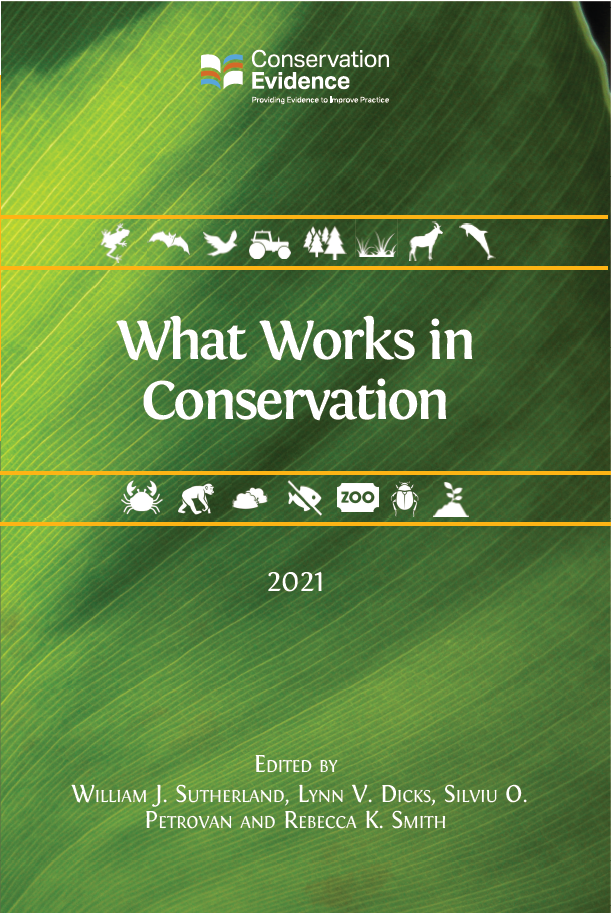
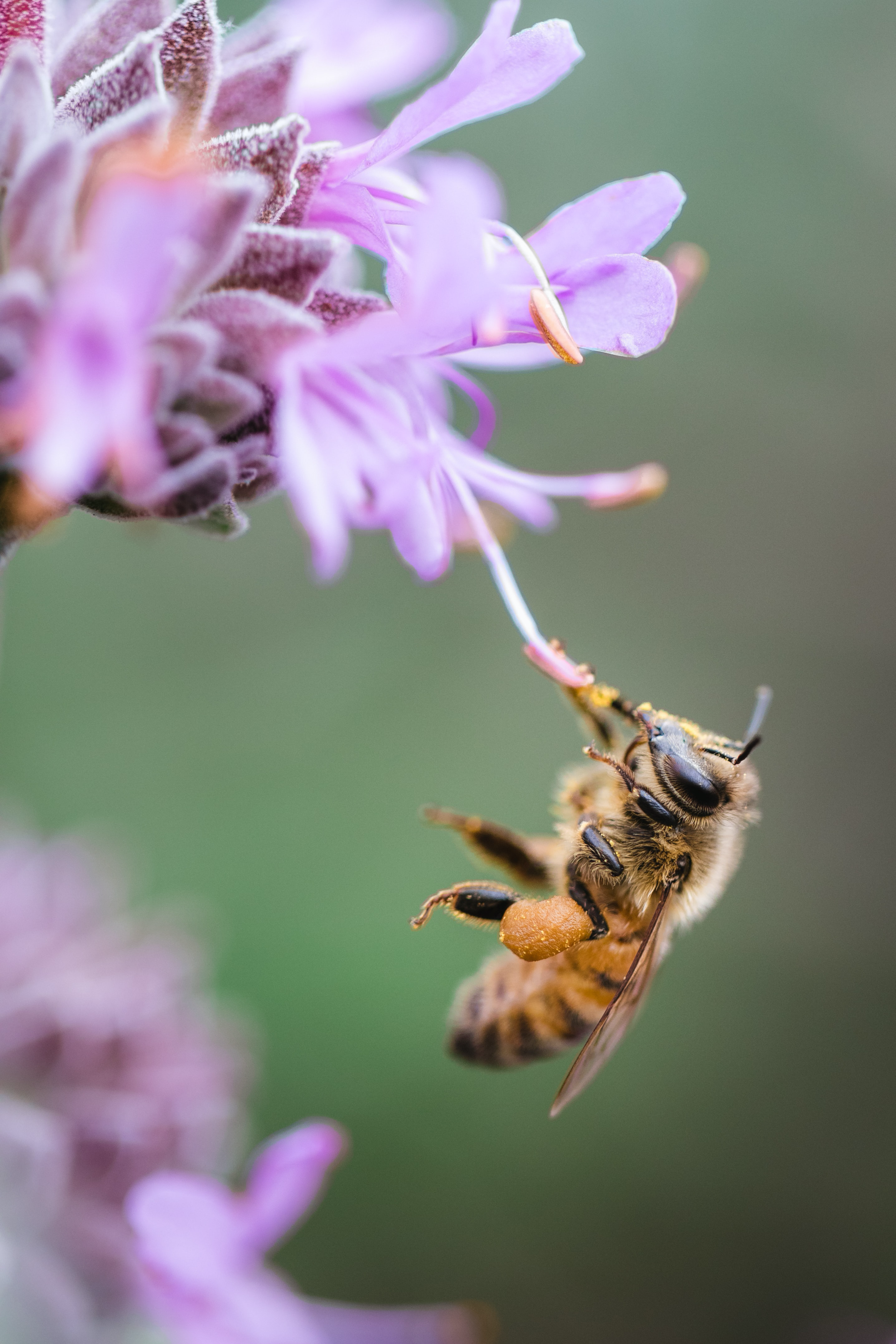

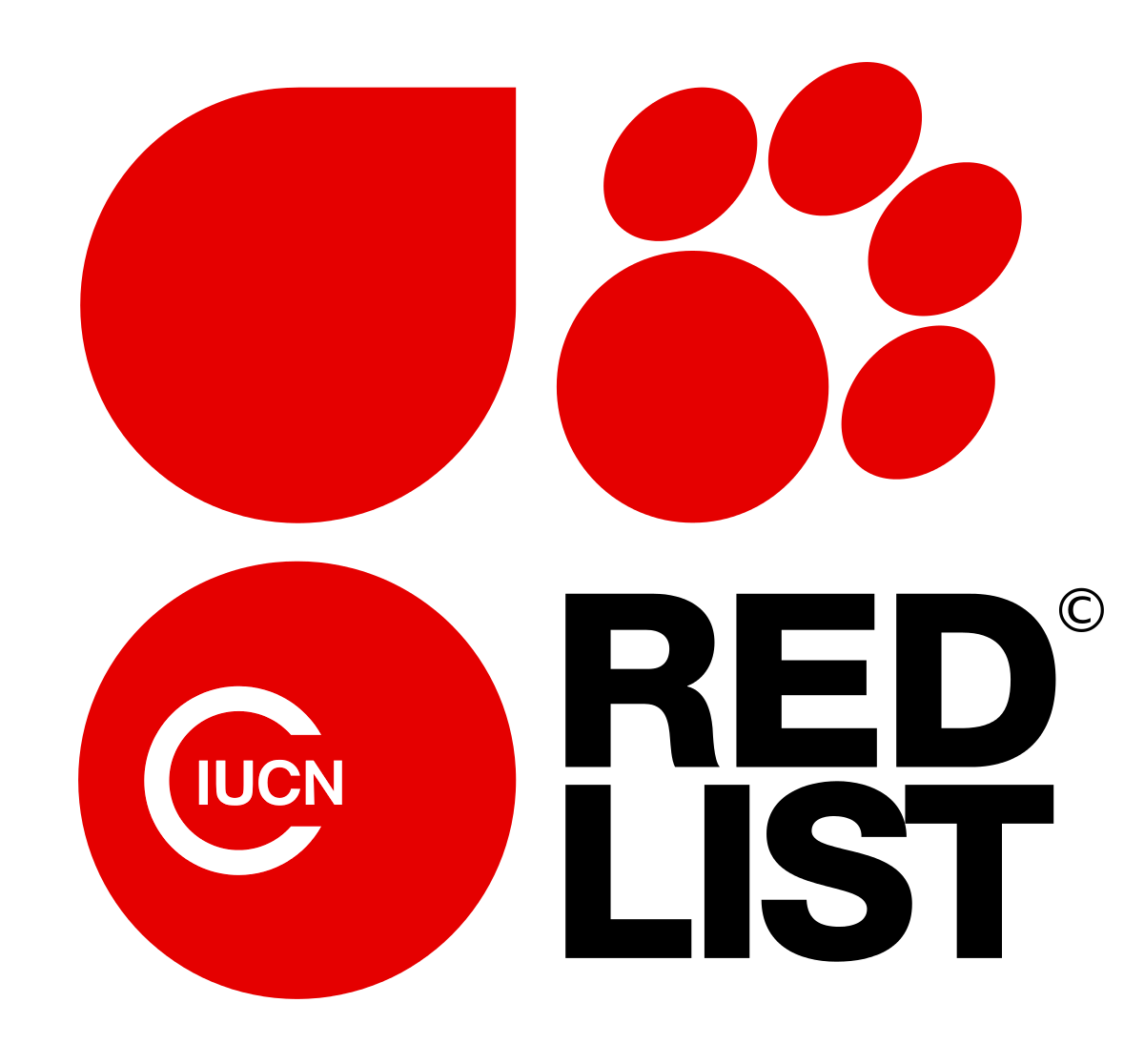
)_2023.JPG)
